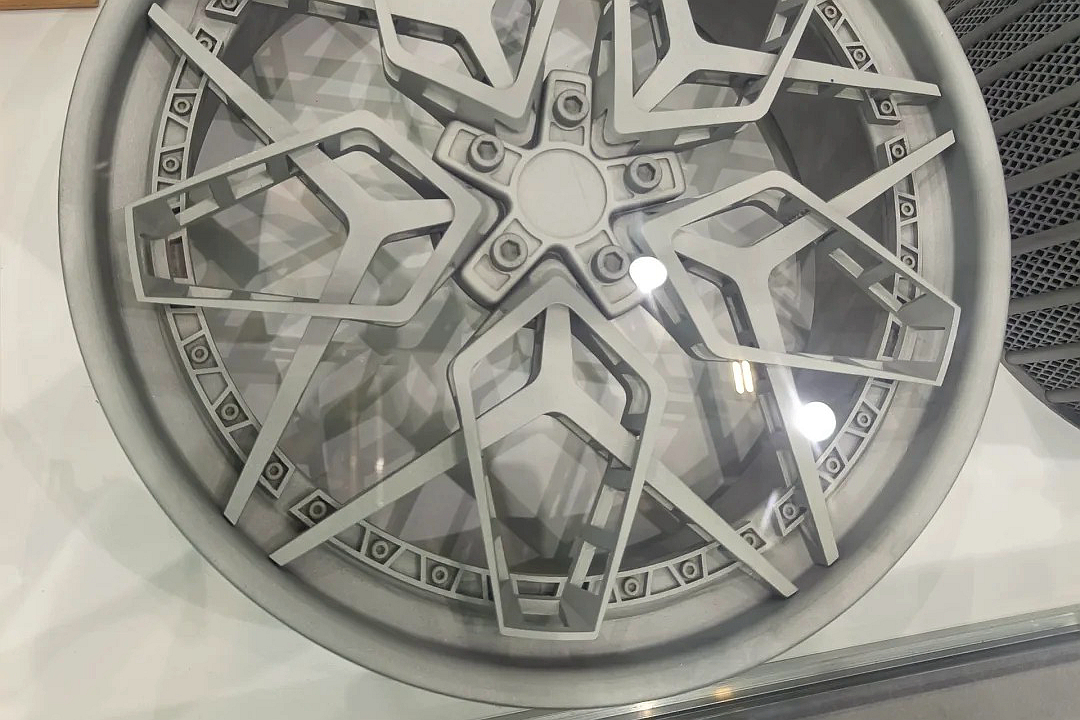Why is rapid prototyping essential for rocket engine module development?
The Importance of Rapid Prototyping in Rocket Engine Module Development
Rapid prototyping plays a crucial role in developing rocket engine modules by enabling quicker, more cost-effective iteration and testing of complex components. Here's why it is essential for rocket engine module development:

1. Accelerates Design Iteration
Speeding Up Prototyping: Rocket engine modules are highly complex, requiring precise engineering and design optimization. With rapid prototyping technologies like 3D printing, engineers can quickly create physical models of parts and test them for fit, function, and performance. This reduces the time required to iterate on designs, allowing for faster development cycles.
Faster Testing and Validation: Rapid prototyping allows engineers to quickly test a part's performance under real-world conditions, such as high temperatures or pressure. This feedback loop helps identify design flaws early and refine the component before full-scale production. This iterative approach can help accelerate the production of critical aerospace components, such as combustion chambers and turbine blades.
2. Cost-Effective Design Validation
Lower Prototyping Costs: Traditional manufacturing methods for complex rocket engine components, such as casting, forging, or CNC machining, can be expensive and time-consuming. Rapid prototyping reduces these costs by using digital models and additive manufacturing processes, which require fewer resources and less labor. For instance, 3D printing allows for low-cost prototypes to be produced in-house with minimal waste.
Minimizing Risk: Testing and validating designs through rapid prototyping before committing to expensive manufacturing processes helps minimize the risk of producing faulty or inefficient components. By catching design flaws early, significant costs in material waste, rework, and production delays can be avoided, mainly when producing critical high-temperature alloy parts for aerospace applications.
3. Facilitates Complex Geometries
Enabling Innovative Designs: Rocket engine modules often require parts with intricate geometries that are difficult or impossible to achieve with traditional manufacturing methods. 3D printing and other rapid prototyping techniques enable the production of complex, lightweight, and optimized designs, such as intricate internal cooling channels in turbine blades or complex injector nozzles. These innovative designs can help achieve better turbine disc performance and efficiency in rocket engines.
Optimization for Performance: These complex geometries are critical for improving the performance of rocket engines. For example, cooling channels can be designed to maximize heat dissipation, while structural components can be optimized for weight and strength, crucial for aerospace applications where minimizing mass is essential.
4. Improves Testing of New Materials and Alloys
Material Experimentation: Rapid prototyping allows engineers to test new high-temperature alloys, composite materials, or even superalloys quickly. This is crucial for rocket engine development, as material performance in extreme environments is a key consideration.
Fast Material Iterations: By quickly printing prototype parts from new materials, engineers can assess their suitability for the harsh conditions inside a rocket engine, including extreme heat, pressure, and stress. This rapid experimentation accelerates material selection, leading to more efficient and reliable superalloy casting, which is critical for engine durability and performance.
5. Supports Customization and Tailoring
Custom Parts for Specific Needs: Rapid prototyping enables the creation of highly customized parts tailored for specific performance requirements or to fit within tight spaces inside a rocket engine module. This is particularly useful for aerospace-grade components where each part must meet exact specifications.
On-Demand Prototyping: Instead of ordering mass production runs of a single design, engineers can quickly produce variations of parts to test different configurations or meet specialized design needs without committing to large production volumes, which is particularly useful for turbine blade and turbine disc customization.
6. Enhances Collaboration and Innovation
Cross-Disciplinary Collaboration: Rapid prototyping allows greater collaboration among design, engineering, and testing teams. With access to physical prototypes, engineers can gather input from different departments to refine the design. This enhances innovation, as cross-disciplinary feedback often results in new approaches or improvements to the design.
Accelerating Innovation: The ability to prototype and test new concepts rapidly encourages out-of-the-box thinking and the exploration of unconventional design solutions, potentially leading to breakthroughs in rocket engine technology, such as more efficient combustion chambers or lighter turbine discs.
7. Reduces Lead Time for Testing and Manufacturing
Faster Design-to-Test Cycle: The quicker turnaround times with rapid prototyping directly reduce the lead time from concept to physical testing, making the overall development process more efficient. This enables faster testing, more refined designs, and quicker improvements.
Rapid Adjustments: When problems arise in testing, rapid prototyping allows for quick adjustments to the design. Instead of waiting weeks or months for re-manufactured parts, engineers can revise the design and have a new prototype ready for testing in a few days, which is essential for quick iteration in high-performance aerospace development.
8. Helps with Supply Chain and Part Sourcing
Local Prototyping: In cases of delays in sourcing parts or materials, rapid prototyping allows for the on-demand creation of components, reducing dependency on external suppliers and avoiding delays in the development timeline.
Supply Chain Efficiency: As rocket engine development often involves many parts from various suppliers, prototyping can help streamline the process by ensuring that all parts meet the required standards and specifications before full-scale production begins.
Summary:
Rapid prototyping is essential for rocket engine module development because it speeds up the design and testing process, reduces costs, enables complex geometries, and facilitates experimentation with new materials and alloys. Rapid prototyping accelerates the development of high-performance, reliable, and innovative rocket engine components by allowing for rapid iteration, real-world testing, and customization while minimizing risk and optimizing efficiency in the production pipeline. It ultimately ensures that the final engine modules meet the demanding performance and durability standards required for space exploration and aerospace missions.



